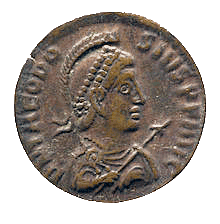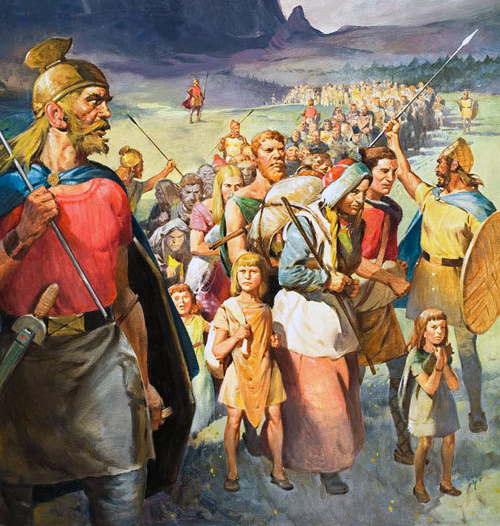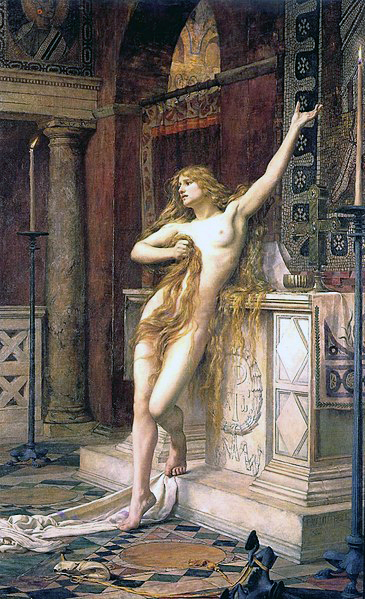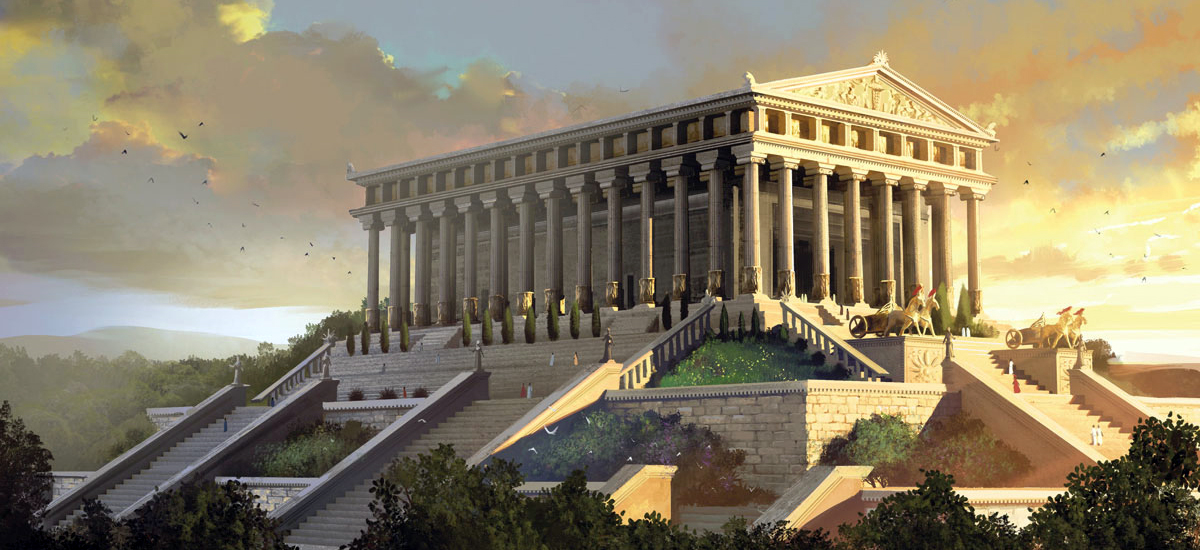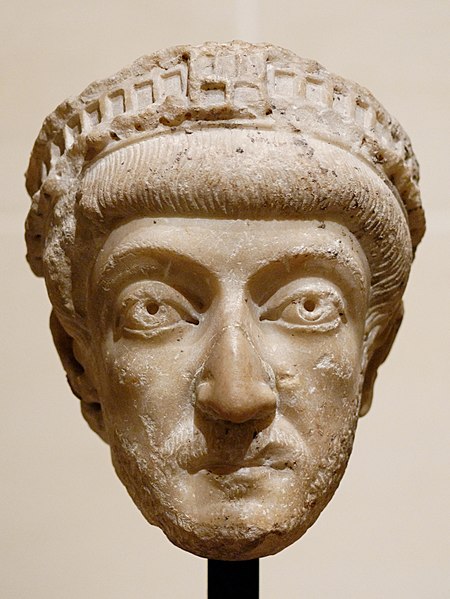The Boasian regression
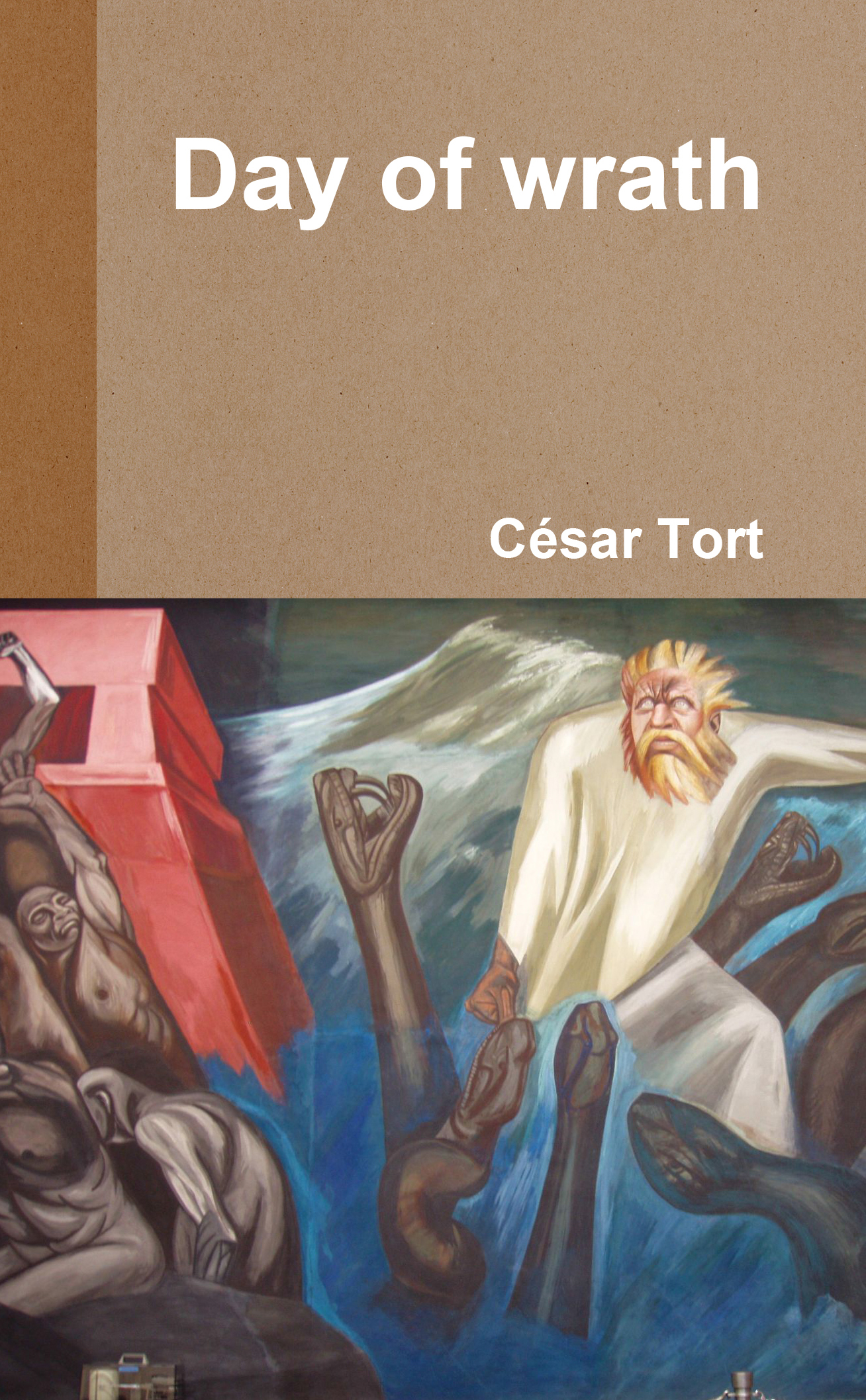 Human beings tend to idealize their parents and carry the burden of the sins of the world: Passover lambs for the unrecognized ills of the parent. This self-reproach for supposed wrongdoing is due to the perennial problem, still unresolved in our species, of the attachment to the perpetrator. The mantras the cultural relativist uses arguing with the psychohistorian is that it is unfair to judge an ancient culture with contemporary standards, or that in those times not even the sacrifice of infants was considered wicked. As Ark pointed out above, this standpoint rationalizes the perpetrator’s behavior at the expense of the victim. It is a no-brainer that it must have been as infernal for a historic boy that his father delivered him to the priests to be incinerated alive, as a parent who burns his child’s face to the point of completely disfiguring him, as we read in the most alarming paper news. In other words, psychohistory is based upon the empathy to the children of all times. The unconscious motivation of many anthropologists, on the other hand, has been to exonerate both the parents of former ages and the non-western cultures of today.
Human beings tend to idealize their parents and carry the burden of the sins of the world: Passover lambs for the unrecognized ills of the parent. This self-reproach for supposed wrongdoing is due to the perennial problem, still unresolved in our species, of the attachment to the perpetrator. The mantras the cultural relativist uses arguing with the psychohistorian is that it is unfair to judge an ancient culture with contemporary standards, or that in those times not even the sacrifice of infants was considered wicked. As Ark pointed out above, this standpoint rationalizes the perpetrator’s behavior at the expense of the victim. It is a no-brainer that it must have been as infernal for a historic boy that his father delivered him to the priests to be incinerated alive, as a parent who burns his child’s face to the point of completely disfiguring him, as we read in the most alarming paper news. In other words, psychohistory is based upon the empathy to the children of all times. The unconscious motivation of many anthropologists, on the other hand, has been to exonerate both the parents of former ages and the non-western cultures of today.
Anthropologists defend the validity of any culture and negate an absolute evaluation unless it is done within the standards of that culture. It was not always so. In the nineteenth century the opposite school dominated British anthropology. Anthropologists argued, in a similar vein to contemporary psychohistorians, that all societies passed through the same evolutionary process, and that non-Europeans were living fossils that could be studied to understand Europe’s past, categorizing the diverse cultures in a progressive set of values from savage, barbarian to civilized. Universal progress was postulated: a sort of unilineal set of values where religion and paleologic thought gave up ground to Aristotelian logic and rational thought, with the subsequent development of social institutions. The difference of this model with psychohistory is that these first anthropologists did not use childrearing as a parameter, but technology from the Stone Age to the modern age, passing through the Iron and Bronze Ages.
The Jewish-German immigrant Franz Boas, the “father” of American anthropology, managed to shift the paradigm. Boasian anthropology considered erroneous the premise that religion had to be defined, historically, more primitive than reason (the opposite to what Arieti says about his schizophrenic patients: that paleologic thought should be considered inferior to the Aristotelian). Boasian relativism resists universal judgments of any kind. All of the work by Boas and his disciples began as a direct opposition to the evolutionary perspective, and with time it became an orthodoxy. Although in the United States there was an attempt to revive the evolutionist ideas in the 1950s and 60s, eventually anthropologists subscribed the ideology of cultural relativism: a school that in the academy became, more than an orthodoxy, axiomatic; and its proponents, staunch supporters of non-western cultures. This relativism, with its vehement phobia to “western ethnocentrism” did not only become the most influential anthropology school originated in the United States, but the dogmatic principle of this international discipline.
In its most extreme version it even considers legitimate, say, the cutting of the clitoris in Africa. A principle that, for the popular mind, apparently originated as a tolerant attitude is being used to find excuses for intolerance. In fact, since the declarations of the anthropologist Melville Jean Herskovits by the end of the 1940s, his colleagues left the political debates of human rights. The anthropologist has great difficulties to fight for the rights of, say, the black women in South Africa. The 1996 team-work Growing Up: A Cross-cultural Encyclopedia, where dozens of anthropologists offered their studies about eighty-seven cultures, is symptomatic. Although they admit that sexual contacts between adults and children are common, including those of the incestuous mothers, they declare that it “would not constitute ‘abuse’ if in that society the behavior was not proscribed.” However, as the academic who sympathized with Ark said, not all anthropologists agree with Boas. Carolyn Fluehr-Lobban confessed that, after twenty-five years of having conducted ethnological research in Sudan, she betrayed her profession by siding those who fight against female genital cutting. She mentioned the case of a Nigerian woman who was granted asylum in the United States since her daughter would have been subjected to involuntary cutting if returning home. The compulsion to recreate on the next generation the wounds received in infancy is such that in our times genital mutilation continues. Despite their theoretical statements to the public, in practice many ethnologists, anthropologists and indigenistas still cling to the Boasian paradigm.
A single example will illustrate it. Keep in mind “A reliable source” published some pages ago. In September of 2007 the Museo del Templo Mayor, a subsidiary of the Instituto Nacional de Antropología e Historia, organized a seminary in Mexico under the name “New Perspectives on Human Sacrifice Among the Mexicas.” Twenty-eight specialists were invited. According to the national press the Mexican archeologist Leonardo López Luján, who would coordinate the proceedings book of the papers (reviewed in the 2017 “A reliable source”), stated that it was advisable to distance ourselves “from the Hispanists who consider bloody and savage” the sacrificial practice. López Luján presented the paper “Huitzilopochtli and the Sacrifice of Children in Tenochtitlan’s Templo Mayor” (the Great Pyramid of Tenochtitlan). Among the professionals from abroad who participated were institutions such as Cambridge and the French National Center for Scientific Research. The Mexican Juan Alberto Román presented the conference, “The Role of Infants in the Mexica Sacrificial Practices,” and in a pseudo-eugenicist discourse López Luján stated: “Undernourished children [my emphasis] were sacrificed to eliminate the population that was a burden for the society.” (Cf. what Ark responded to the historian about administering pap to the child: a slow form of infanticide that suggest they were not undernourished accidentally.) Marie-Areti Hers, from the National Autonomous University of Mexico— a campus that the UNESCO declared a World Heritage Site the very week that the symposium was celebrated—, stated that human sacrifice was everything except “an exotic curiosity of backward peoples.”
I contacted Julieta Riveroll, the reporter who covered the event for Reforma and author of the article “Human Sacrifice Prejudices—Demolished.” I asked her if among the speakers of the conferences she attended someone condemned the deadly ritual. Emphatically she responded “No,” that they were “objective experts.” I mention the anecdote because that word, “objective” is the most abused word in academic circles, as we already saw in one of the answers of the academics to Ark. Let us imagine that, among the reporters of the Gulag, to keep objectivity they must refrain from condemning genocide. This does not happen: Stalin’s regime is broadly condemned. But the double standard of allowing condemnation of the white man and virtually forbidding condemning non-whites, is brazen. The month that followed the symposium, in the same Mexico City where the symposium was celebrated the police caught the serial killer José Luis Calva, the “cannibal poet” that horrified the Mexican citizenry. In one of his poems Calva wrote to one of his victims a poem worthy of the ancient Mexicans:
You handed over your parts to me
Your breath, your nails and your longings.
You dressed me of you and I was your bird,
Sing your song that never quiets.
Naturally, unlike the Mexicas who did exactly the same, this man was condemned by the elites.
On the other side of the Atlantic the Europeans deform reality too. In 2008 I visited the museum and archaeological park Cueva Pintada in the town Gáldar of Gran Canaria. The screened documental in the museum denoted the purest Manichaeism. Despite recognizing the widespread infanticide of girls among the tribes, the conquerors appear as the bad guys and the inhabitants of the troglodyte settlement as the noble savages victimized by the sixteenth-century Europeans. Similarly, in another museum, El Museo Canario, the following year I looked up through an academic text the subject of infanticide of these pre-Hispanic white people (curiously, they were blonder than the Spanish but they were barely leaving behind the Neolithic stage). Just as the mentioned María Alba Pastor who saw in the Mexican sacrifices “a reaction to the Conquest,” three Spanish academics postulated that the Canary sacrifice could have been the consequence “of the ongoing military, religious and cultural aggression” inflicted by the conquerors.[1] This interpretation ignores the fact that the practice predated the arrival of the Spaniards.
Unlike these documentaries and academic papers that blame westerners for the sins of non-westerners, I will quote one of the first letters written about the practice of infanticide in the seven Canary Islands. The following description comes from Diego Gómez de Cintra, a Portuguese navigator that wrote what he saw in La Palma:
The father and the mother grab the child and put the head on a rock and take another rock and hit the child on the head shattering the skull, and thus they kill the child, his eyes and brains scattered on the soil, which is a great cruelty of the parents.
Conversely, on page 166 of the mentioned article contemporary academics side the parents by claiming, “The adoption of such an extreme measure is fully justified.”
As Terry Deary put it, “History can be horrible, but historians can sometimes be horribler.” Once the new generations break away from this immoral anthropology, the slaughtering of children will be seen, again, with due compassion as felt by the first chroniclers.
In the case of Mestizo America (and this is important to understand the organizers of the 2007 symposium), the “Latin” American anthropologists were the first ones to embrace the cause of cultural relativism. In fact, the anthropologists have influenced more the society in “Latin” America than in other societies. This is partly explained by the ethnological tradition of Bernardino de Sahagún and Bartolomé de Las Casas. In the twentieth century the study and the glorification of the Indian cultures, called indigenismo, has been the predominant framework of anthropological studies in so-called Latin America. In the particular case of Mexico, since 1917 the government was the first one to recognize the utility of anthropology. Subsequently, and working for the government, anthropologists have tried to implement their policies on the Indian population.
No doubt, deMause and Ark are right about the intellectual charlatanry that represents social anthropology.
NOTE:
[1] Julio Cuenca Sanabria, Antonio Betancor Rodríguez & Guillermo Rivero López: “La práctica del infanticidio femenino como método de control natal entre los aborígenes canarios: las evidencias arqueológicas en Cendro, Telde, Gran Canaria,” El Museo Canario, LI, 1996, p. 124. Fifty pages later the authors repeat this interpretation. In spite of the fact that the long title takes for granted that the etiology of the practice was “birth control,” the same article publishes sentences from some authors who cast doubts about the validity of that explanation.
______ 卐 ______
The objective of Day of Wrath is to present to the racialist community my philosophy of The Four Words on how to eliminate all unnecessary suffering. If life allows, next month I will reproduce another chapter. Day of Wrath is available: here.
